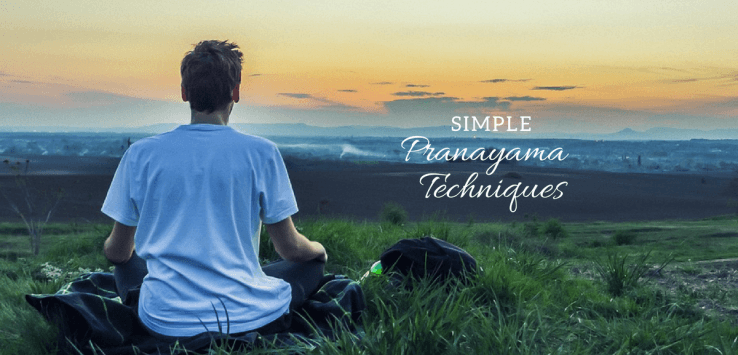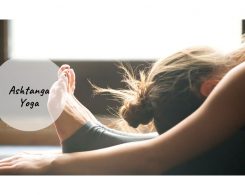- 1Share
- 3 Effective and Simple Pranayama Techniques
- 1. Diaphragm Breathing
- 2. Cooling Breath (Sheetali)
- 3. Right Nostril Breathing (Surya Bhedan)Â
Pranayama is a vital part of yoga. It involves regulating the breath, and therefore your entire life force, through various techniques. Why do this? There are immense benefits of pranayama techniques to the body and mind. You will experience improved supply of oxygen to cells, lesser fatigue, better functioning of organs, calmness, better sleep, and more alertness. Today, we’re going to tell you about some simple Pranayama techniques. For your benefit and safety, we recommend practising them under the guidance of a trained yoga professional.
3 Effective and Simple Pranayama Techniques
1. Diaphragm Breathing
Why?
This is a basic and essential breathing exercise you must practise before other Pranayama breathing techniques. It brings harmony and calmness, as well as strengthens the respiratory and cardiovascular systems.
How?
- Sit comfortably with your back erect, shoulders relaxed, chin straight, and feet flat on the floor.
- Place your right hand on your stomach and the left on your chest.
- Inhale, focusing on raising your belly outwards, like inflating a balloon.
- Exhale, focusing on your belly moving inwards, like deflating a balloon.
- Throughout the practice, ensure that the hand on your chest doesn’t move.
- Do around 10 rounds.
Notes:
You can also do this lying down. Remember to breathe slowly, gently, and fully throughout the practice.
2. Cooling Breath (Sheetali)
Why?
Cooling breath a.k.a Sheetali has a deeply soothing as well as cooling effects on the body and mind. It reduces excess Pitta dosha, tackles acidity and heartburn, reduces hunger and thirst, lowers blood pressure, and pacifies feelings of anger. You can benefit from this simple Pranayama technique during hot summers.
How?
- Sit comfortably with your back erect, shoulders relaxed, chin straight, feet flat on the floor, and hands on your lap.
- Now, stick your tongue out of your mouth and roll it. Bend the sides of your tongue inwards, such that it forms a sort of straw.
- Inhale through your mouth. The air should pass through the tongue and feel cool.
- Exhale through your nose.
- Repeat 5 times.
Notes:
As with the other techniques we’ve described, keep your breath gentle and slow. Don’t do this one if you have a respiratory disorder, chest congestion, or low blood pressure. Avoid it in cool weather.
3. Right Nostril Breathing (Surya Bhedan)
Why?
Right nostril breathing or Surya Bhedan increases vitality in the body. It stimulates the nerves, boosts energy levels and creates a feeling of waking up. Being a technique that produces heat, it reduces Vata and Kapha, while increasing Pitta. So, you can practise it during cold winters.
How?
- Sit comfortably with your back erect, shoulders relaxed, chin straight and feet flat on the floor.
- Lift your right hand and hold the Vishnu mudra. To do the mudra, bend your middle and index fingers to touch the base of your thumb.
- Now, close the left nostril with your ring finger.
- Inhale through the right nostril.
- Close the right nostril with your thumb and release the left nostril.
- Exhale through the left nostril.
- This makes one round. Repeat 4-5 times, always inhaling through the right nostril and exhaling through the left.
Notes:
Don’t do this if you have excess heat, acidity, high blood pressure, a cardiovascular condition, or anxiety. Avoid it altogether during the summer.






Leave a Reply